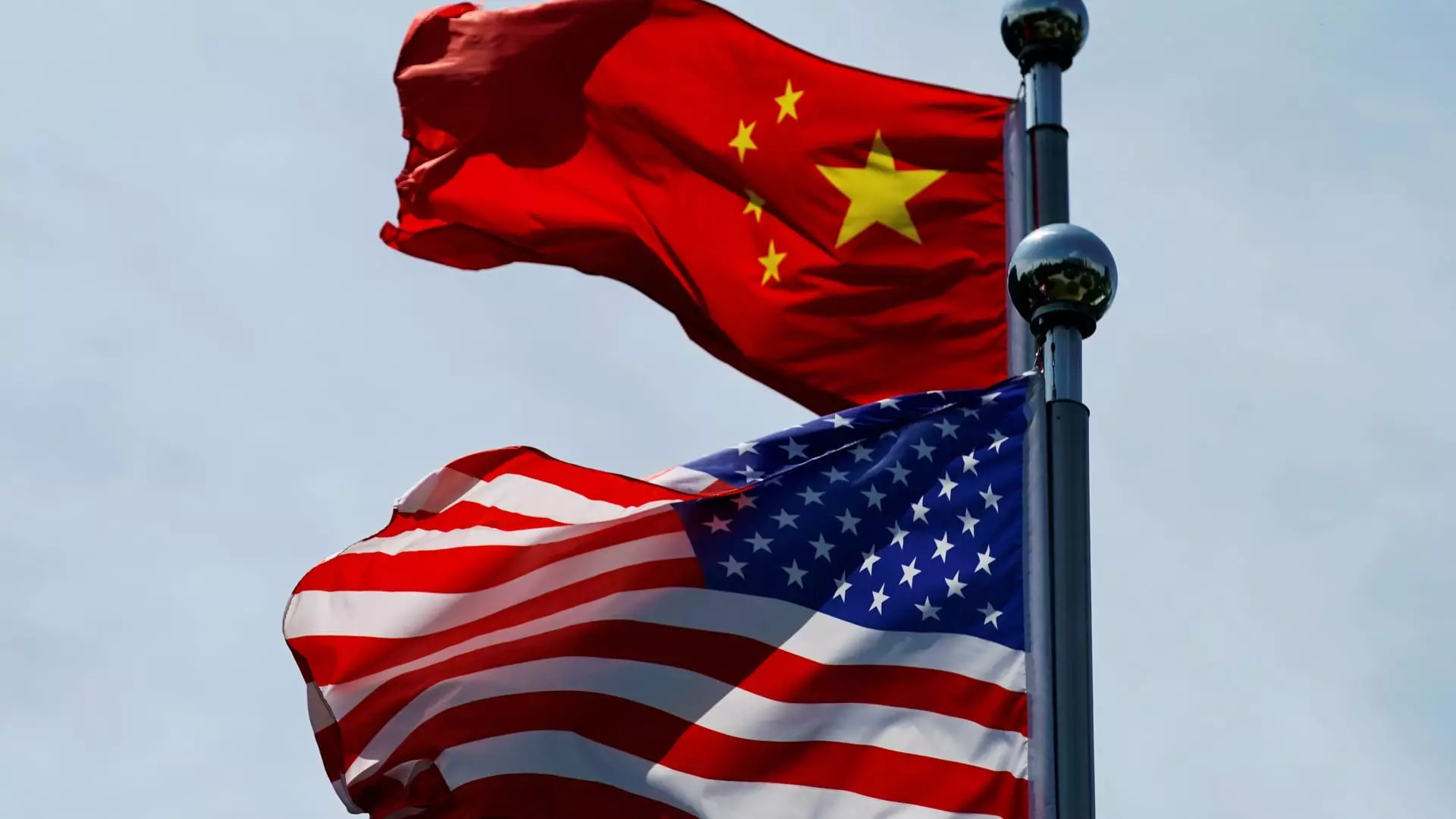The transition period leading up to Donald Trump’s inauguration has seen a flurry of statements and policy proposals that signal significant shifts in U.S. trade policy. Notably, Trump announced plans to impose an additional 10% tariff on all Chinese imports, following an earlier declaration of a 25% tariff on products from Mexico and Canada. This dual approach toward tariffs underscores a broader mandate to rethink America’s trade relationships, particularly with key partners and competitors.
In a post on his social media platform Truth Social, Trump outlined that these tariffs are part of a broader strategy to combat illegal immigration and the importation of illicit drugs, specifically referencing the synthetic opioid Fentanyl. His administration’s stance insists that despite previous dialogues with Beijing regarding the drug trade, the results have been unsatisfactory. Trump’s comments allude to a persisting frustration with China regarding how the nation handles its role in the global drug trafficking network.
The urgency to address the opioid crisis in the United States, especially the dangers posed by Fentanyl, is at the forefront of Trump’s tariff rationale. Fentanyl, produced predominantly in China and Mexico, has been linked to a staggering number of overdose deaths annually, prompting calls for stricter controls. Trump’s assertion that illegal substances, particularly Fentanyl, flood into the United States through Mexico highlights a significant concern for public health and safety.
This approach targets more than mere economic relations; it magnifies the intersection between commerce and public welfare. By implementing tariffs, the administration aims not only to enhance revenue but also to exert pressure on foreign governments to take more decisive actions against drug manufacturers and traffickers operating within their borders. However, this approach raises questions about the efficacy of tariffs as a tool for combating complex societal issues like drug addiction and illegal trafficking.
The Economic Response and Market Reactions
The economic landscape reacts swiftly to trade announcements, and Trump’s proposed tariffs have elicited a mixed response from market analysts. While the suggested 10% increase on Chinese goods is below expectations, which ranged from 20% to 30%, it still raises alarms regarding potential retaliatory measures and economic disturbances. Kinger Lau, chief equity strategist at Goldman Sachs, has suggested that China may take counteractive economic measures, including rate cuts and fiscal stimuli, to mitigate adverse impacts.
With Mexico recognized as the United States’ largest trading partner, followed by Canada and China, changes in tariffs threaten to disrupt established economic networks. The interconnectedness of these partnerships means that tariff impositions could lead to inflationary pressures on consumer goods, ultimately affecting American consumers and businesses. The strength of the U.S. dollar against other currencies, notably the Mexican peso and Canadian dollar, suggests an immediate market reaction but also reflects trader sentiments about possible economic volatility.
Despite the proposed tariffs, it’s essential to consider the broader context of U.S.-China relations. According to investment strategist Andy Rothman, the commercial partnership between China and the United States remains crucial. His assertion that China will likely refrain from aggressive retaliatory actions speaks to a longer-term perspective on trade diplomacy. Historically, Beijing has preferred measured responses to U.S. tariffs, focusing on maintaining trade stability rather than exacerbating tensions.
This intertwined economic relationship has been shaped by decades of trade agreements and negotiations, with both nations benefiting from a shared market. A breakdown in these relations could have far-reaching effects, shifting economic allegiances and altering global supply chains.
As the inauguration date approaches and Trump’s policies take shape, the economic implications of his proposed tariffs will likely unfold dramatically. The intertwining of trade policy with issues of public health, economic stability, and international relations presents a multifaceted challenge. Businesses, policymakers, and the global market must remain vigilant and adaptive to the evolving landscape shaped by these decisions. Understanding and anticipating the outcomes of such tariffs will be crucial as the U.S. strives to redefine its role in the increasingly complex arena of international trade. The delicate balance between assertive trade policies and maintaining crucial international relationships will define not just Trump’s tenure but the future of U.S. trade strategy.

